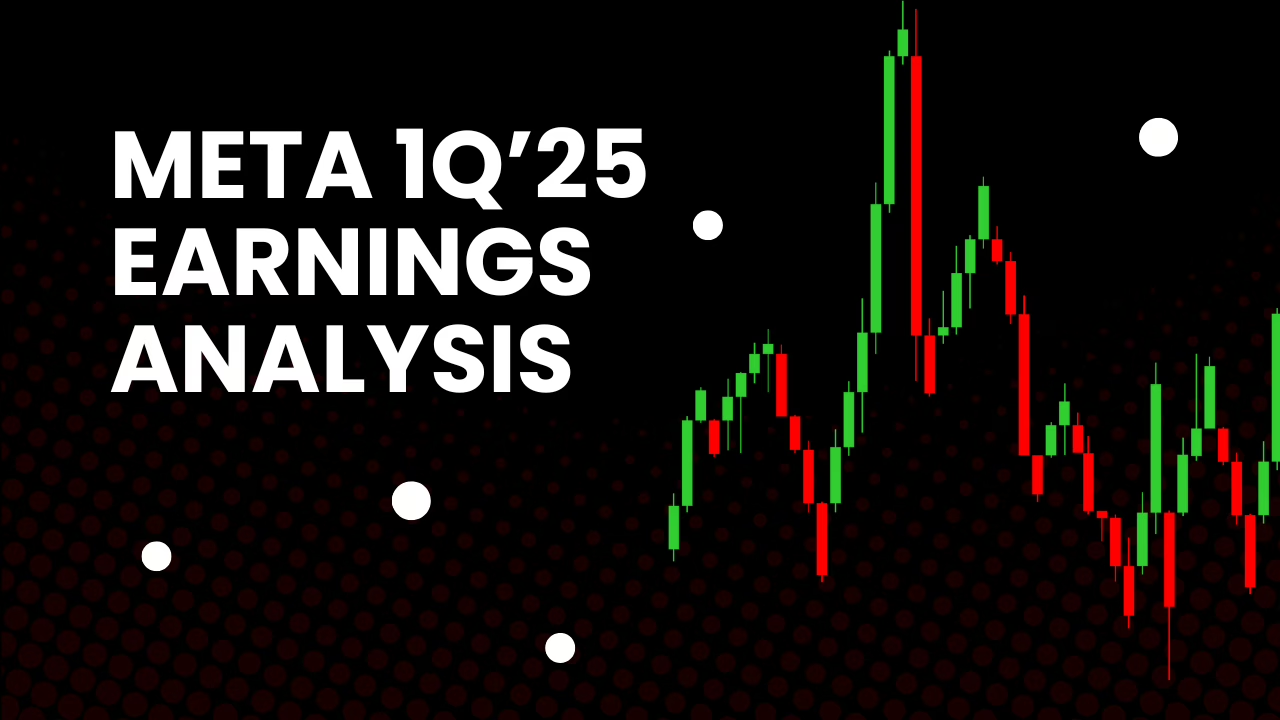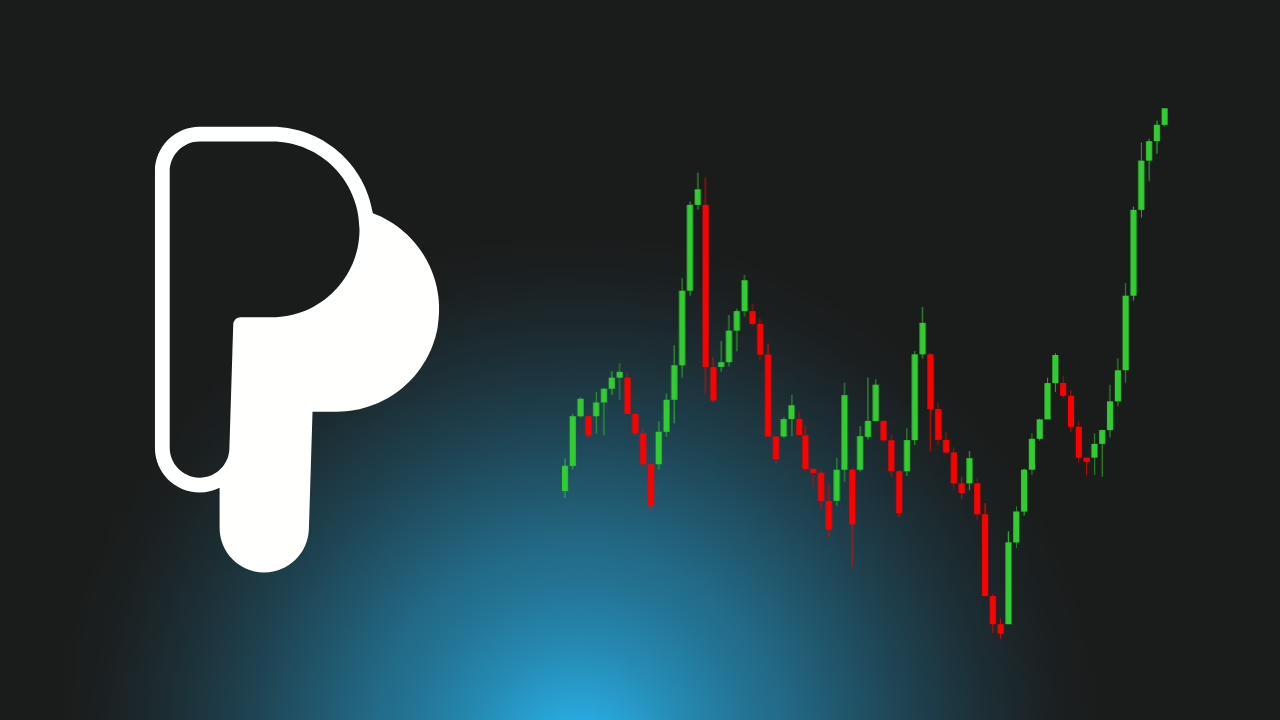Meta reported strong financial results for the first quarter of 2025, surpassing Wall Street expectations. So let’s go over the numbers to see if our investment in the public account still holds water with regard to my investment thesis. First, I’ll go over the actual numbers and then do some further insights based on the financials, guidance and market and industry backdrop.
Overview of Financial Results
The company achieved $42.32 billion in revenue, a 16% year-over-year increase, and diluted earnings per share (EPS) of $6.43, reflecting a 37% rise from the previous year. Moreover, their COGS or cost and expenses were kept in check at around 9% increase. When you have top line revenue increasing faster than the costs and expenses, you tend to have a nice increase in the operational income; Meta reported operation income increase of 27% showing strong growth. Finally, bottom line net income rose an impressive 35% showing that Meta is operationally efficient at converting top line sales to bottom line income.

Capex was projected between $64 billion and $72 billion for 2025, primarily to support artificial intelligence (AI) infrastructure which tracks with all the other major tech players in the AI space. This guide is higher than before, but Meta is one of the few companies that is seeing dividends from their AI capex spend almost immediately with their revenue almost entirely from advertising. I would argue that advertising is the easiest industry to monetize and improve with AI.
Ad Revenue and User Engagement
Meta’s advertising revenue reached $35.64 billion, accounting for 97.8% of total revenue which accounts for the majority of their revenue as stated above. This represents a 26.8% increase year-over-year and is pretty impressive growth from a $1.48 trillion company as of this writing. They also reported a 20% rise in ad impressions and a 6% increase in average ad prices. Notably, ad impressions in the Asia-Pacific region grew by 41%, driven by online commerce and gaming. Ad impressions allow for more opportunities for ad conversion by showing it to larger audiences – a true numbers game.
User engagement remained robust, with daily active users across Meta’s family of apps increasing by 6%. Video content now accounts for over 60% of time spent on Facebook and Instagram, with Reels comprising 50% of time spent on Instagram alone. This highlights the importance of social media short form videos with now increased competition in the space. TikTok, Meta’s Facebook and Instagram, and Alphabet’s YouTube are all competing for the same attention span of the audience, so these metrics are super important to monitor.
It’s clear that Mark’s vision for the user attention space will be evolving over the next few years as he described that one of the next revolutions will be interacting with the media that you are watching.
AI Investment and Strategic Direction
Mark Zuckerberg emphasized Meta’s commitment to artificial intelligence (AI), with plans to end 2025 operating 1.3 million GPUs and constructing a 2-gigawatt AI data center. They are aiming to scale the Meta AI assistant to over 1 billion users and launch Llama model version 4. These initiatives are part of a broader strategy to enhance AI capabilities across its platforms and services.
Meta’s AI-driven advertising tools contributed to increased ad engagement and efficiency from users. The integration of the Andromeda machine learning system, developed in partnership with Nvidia, has enabled the use of more complex models for ad retrieval, improving personalization and relevance. Thus, it’s clear that Meta is getting a high return on their AI investment which was one of the concerns of analysts with all the mega cap tech names.
Challenges and Market Dynamics
Despite its strong performance, Meta faces several challenges. The company is contending with regulatory scrutiny in the European Union over its subscription model, which could impact its business in Europe starting in Q3 2025. Additionally, the proposed U.S. tariffs on Chinese e-commerce firms like Temu and Shein may affect advertising revenue as these advertisers will pull back ad dollars.
Analysts have raised concerns about the long-term effects of these tariffs on Meta’s advertising business, so we will have see what lasting impact these tariffs will have. Tariffs are not permanent policy and can be easily reversed or removed, so there could be a blip in the revenue from ads and then a resumption of that revenue.
Conclusion
The investment thesis in Meta is sound. Revenue, operating expenses / income and other key metrics are all trending in the right direction. They guided somewhat higher in capital expenditures, but with the ROIC (return on invested capital), this is justified. This gambit has started paying dividends and will continue to pay dividends for the foreseeable future. Based on all the data, I believe that Meta is still undervalued and is a great opportunity for a long-term hold.




